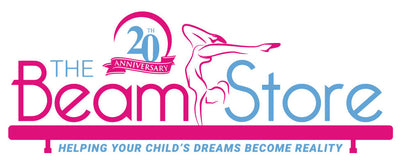Using Stall Bars with the Schroth Method for Scoliosis
Stall bars are commonly used in the Schroth Method for scoliosis, which is a conservative treatment approach that aims to improve spinal alignment and posture. The Schroth Method is based on the principles of corrective breathing, spinal mobilization, and muscle activation, and stall bars can be a useful tool for implementing these techniques.
One of the primary ways stall bars are used in the Schroth Method is through spinal mobilization exercises. These exercises involve hanging from the stall bars or using the bars to support the body in various positions, which can help to stretch and mobilize the spine in a safe and controlled manner. This can help to improve spinal alignment, reduce curvature, and alleviate pain and discomfort associated with scoliosis.
In addition to spinal mobilization, stall bars can also be used to facilitate corrective breathing exercises in the Schroth Method. These exercises involve using the diaphragm to expand the lungs and ribcage in a way that promotes spinal elongation and alignment. By using the stall bars to support the body in various positions, patients can more easily learn and practice these breathing techniques.
Overall, stall bars can be a valuable tool in the Schroth Method for scoliosis when used in conjunction with other treatment modalities such as physical therapy and bracing. It is important to work with a qualified healthcare professional who is trained in the Schroth Method to develop a personalized treatment plan that addresses the specific needs of each patient.




